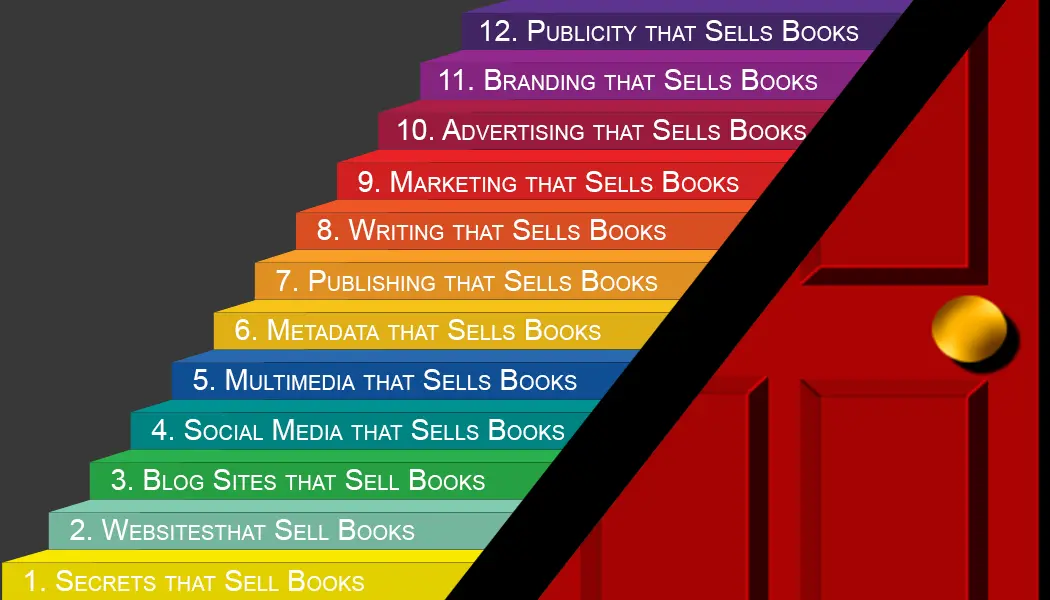In the fiercely competitive business landscape of today, success hinges on the development and execution of an effective sales and advertising strategy. This comprehensive guide is designed to help businesses of all sizes navigate the complexities of creating effective strategies that resonate with target audiences and deliver measurable results.
Understanding the Fundamentals
An effective sales and advertising strategy begins with a solid understanding of several key areas:
Market Research
Conducting thorough market research is the first step in understanding your competitive environment, identifying target customer segments, and discerning their needs, behaviors, and preferences. This research should include:
- Competitor Analysis: Identify who your competitors are, their strengths and weaknesses, and their market positioning.
- Customer Surveys and Feedback: Gather insights directly from current and potential customers through surveys, interviews, and other feedback mechanisms.
- Industry Trends: Stay updated on broader market and industry trends that could impact your business.
Setting Clear Objectives
An effective sales and advertising strategy should align with your overall business objectives and be defined using the SMART criteria:
- Specific: Clear and concise goals.
- Measurable: Quantifiable benchmarks to measure success.
- Achievable: Realistically attainable.
- Relevant: Appropriate to your business needs.
- Time-bound: With a defined timeline for achievement.
Examples might include increasing sales by 20% within a year, growing market share, enhancing online engagement by 30%, or expanding into two new geographic markets.
Developing Your Effective Sales and Advertising Strategy
With a solid foundation of market understanding and clear objectives, you can now craft a strategy tailored to your business’s unique context.
Segmentation and Targeting
Effective segmentation involves breaking down your broad customer base into smaller, more manageable groups that share similar characteristics. This allows for more targeted and effective advertising efforts. Consider:
- Demographic: Age, gender, income level, education, etc.
- Geographic: Country, region, city, or neighborhood.
- Psychographic: Lifestyle, values, interests, and attitudes.
- Behavioral: Purchasing behaviors, brand loyalty, product usage rates.
Crafting a Compelling Value Proposition
Your value proposition should succinctly describe what makes your product or service unique, why it is better than the competition, and why it is of value to your prospective customer. It should be at the core of all your marketing and sales communications.
Strategy Execution
Choosing the Right Channels
Implement a multi-channel strategy that considers both digital and traditional platforms:
- Digital Marketing: This includes:
-
- SEO (Search Engine Optimization) to improve organic search visibility.
- Content Marketing to attract and engage customers through relevant and valuable content.
- Social Media Marketing to engage with customers and build brand awareness.
- Email Marketing for direct communication with prospects and customers.
- PPC (Pay-Per-Click) advertising for immediate traffic from search engines and partnered sites.
- Traditional Advertising: Depending on your audience, traditional channels such as print, radio, television, or outdoor advertising can be highly effective. These are particularly important in regions with less digital penetration or where traditional media retains strong influence.
Sales Integration
Ensure that your sales strategies are closely integrated with your marketing efforts. This includes:
- Training and Equipping Sales Teams: Provide them with the necessary tools, technology, and information to effectively sell your product or service.
- Sales Promotions: Coordinate with marketing to create promotions that drive sales volume.
Monitoring and Optimization
Performance Measurement
Utilize analytics tools to track the effectiveness of your sales and advertising efforts. Key performance indicators (KPIs) might include website traffic, lead generation rates, sales conversion rates, and overall ROI. Tools like Google Analytics, CRM systems, and other data analytics software can provide deep insights into customer behavior and campaign performance.
Continuous Refinement
The digital landscape is dynamic, requiring constant adjustment and optimization of strategies. Use the data collected to:
- Test and Learn: Use A/B testing for different advertising messages and see what resonates best with your audience.
- Feedback Loops: Regularly solicit feedback from customers and adjust your approach accordingly.
- Innovate and Adapt: Stay open to new ideas and adapt your strategy to changing market conditions and new technologies.
Conclusion: Effective Sales and Advertising Strategy
Developing and implementing an effective sales and advertising strategy requires a deep understanding of your market, strategic planning based on clear objectives, meticulous execution across chosen channels, and continual optimization based on performance data. By following this detailed roadmap, businesses can not only achieve their sales and marketing goals but also build a sustainable competitive advantage in their industries. Remember, the most successful strategies are customer-centric, data-driven, and flexible enough to adapt to new insights and market conditions.
_______________________________________________
Related Entries:
Marketing: Mastering the Art of Integrated Marketing
Related Topics:
Visit our website at www.AuthorsDoor.com and our blog site at www.AuthorsRedDoor.com as you continue your author-publisher journey.


